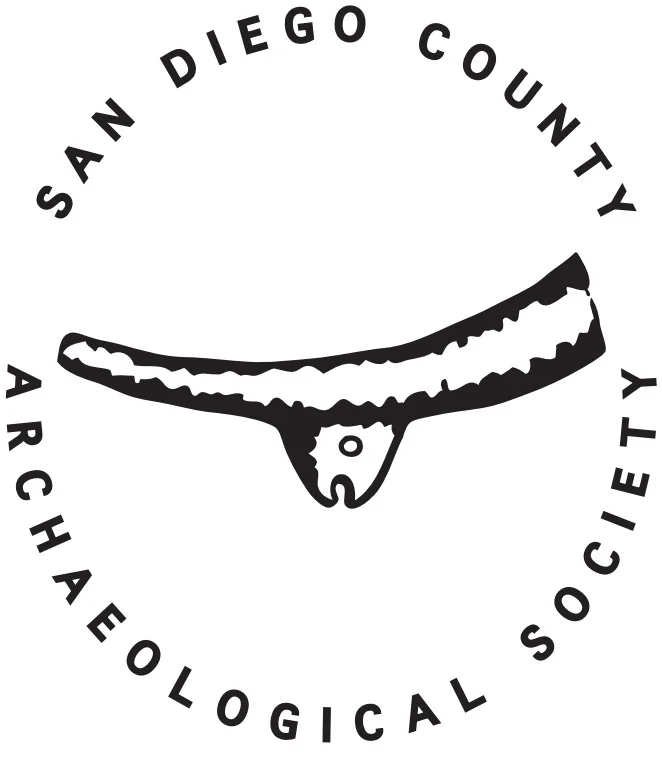On May 19th, 1845 two ships left England in search of the fabled Northwest Passage through the Canadian Arctic to the Orient. Under the leadership of Captain Sir John Franklin, 128 men crewed the HMS Erebus and HMS Terror for what was planned to be a two-year expedition. The ships had been heavily modified for the expedition by adding iron plating and heavy iron beams in the bow of the ship to withstand the arctic ice. State of the art steam engines were also added to support the sails to provide more thrust for the ships in the thick ice. Franklin's Expedition was also the first expedition to rely on the revolutionary new technology of canned foods. The ships and their crew last had contact with Europeans in July 1845 by a whaling ship. After this date, the ships and crew were never seen again.
Within the first 33 years, 25 rescue missions were commissioned to find the ships and their crew. Over the next 117 years, multiple fact-finding missions were commissioned and completed by both the English and Canadians, each adding small amounts of information about the doomed expedition. In 2014, an expedition led by Parks Canada discovered the wreck of HMS Erebus, and then two years later, located HMS Terror.
This presentation will outline the known facts of the expedition, and the 150-year search for the fate of the crew.
Sandra Pentney MA, RPA
Environmental Team Lead, Ecosciences
San Diego
Engineering, Design; Project Management
